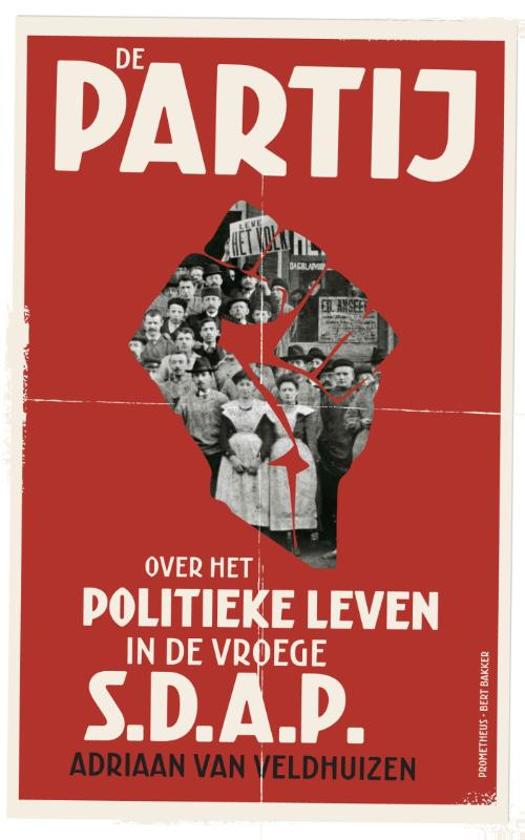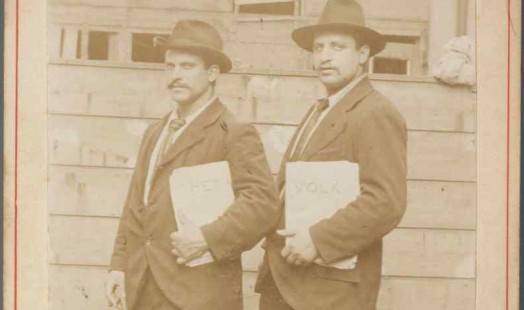The political life in the early SDAP
Adriaan van Veldhuizen recently received his PhD in Leiden for a study about the Dutch Social-Democratic Workers' Party in it's pioneering phase. He asked himself what the party meant for the 'ordinary' members of the first hour.
Why did they become a member, what did they derive from that membership? The party. Political life in early SDAP has become a narrative about the 'club life' of a number of individual ('scattered') SDAP members and departments.
The departments selected for this research are very different in many respects. The affluent Amsterdam with its Jewish coloring next to the Frisian Holwerd. Laren with its highly educated, artistic members alongside the agricultural worker village Garsthuizen.
Anyone who thinks that the author has thought about regional distribution is wrong. The Catholic south has been left entirely out of consideration under the motto that the big cities there have already been the subject of scientific study. That's true, but of course Amsterdam is just like that. One of Van Veldhuizen's conclusions is that each department had its own character. The SDAP was a patchwork party.
The main result of the research is that all early memberships consisted of the continuation of existing social networks in party life. Often these were family networks, but it could also be the atmosphere in a street (the neighbors in the Blasiusstraat in Amsterdam), or the shop floor, or everything at once. The choice for the party was for many based on a feeling. The strengthening of a band that already existed at another level. With that, party life became a total experience.
It is difficult to feel something of that bond, this fire, that total experience. The design of this research entails that large numbers of members and anecdotes pass by, whereby people sometimes are being type-cast as 'the intellectual dairy worker Marten Kalsbeek', 'Gerrit Melchers, the socialist minister', or 'barefoot plant eaters' '. This combination of terms alone raises questions for the reader, but there is not enough room to answer them. The author was in the fortunate circumstance that virtually all his source material, including of course the archive of the SDAP and departmental archives (including Amsterdam), is centrally stored at the IISH.




